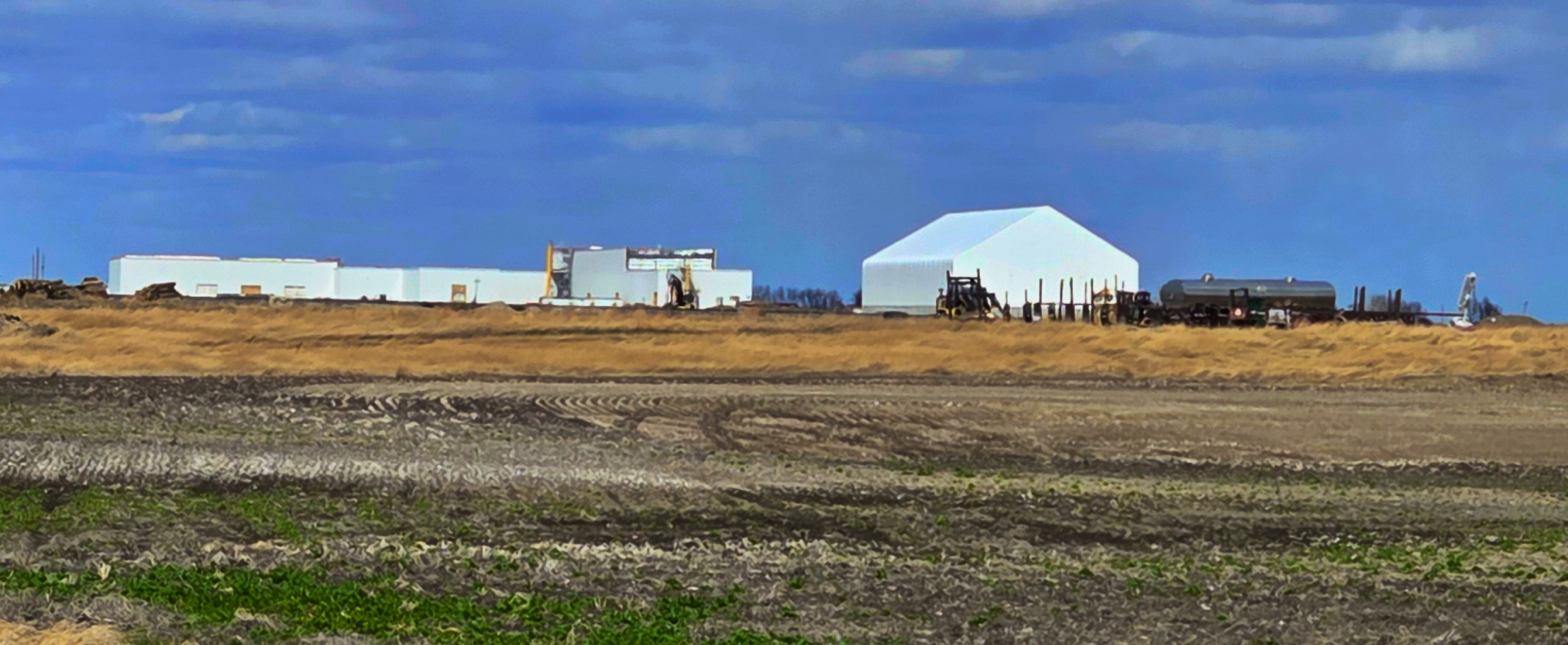United States President Donald Trump recently defended his trade policy with Canada, asserting that the U.S. is paying what amounts to a $200 billion annual subsidy to Canada. However, this figure greatly exceeds the actual trade deficit between the two countries and has raised questions about the accuracy of Trump’s claims in justifying the imposition of tariffs on Canadian goods.
According to official data, the U.S. trade deficit in goods with Canada was approximately $63 billion in 2024. When factoring in a U.S. surplus in services, the overall trade deficit with Canada stands at about $41 billion. Economists, including those from TD Economics, a Canada-based think tank, have pointed out that a trade deficit is not the same as a subsidy. The money flowing from the U.S. to Canada is simply the value of goods and services purchased, not an “out-of-goodwill” transfer of funds.
The $200 billion figure Trump referenced might stem from a broader interpretation that includes U.S. defense spending benefiting Canada. Canada’s defense expenditures amounted to $30.5 billion in 2024, ranking sixth among NATO countries. However, this spending is far less than the U.S. defense budget, which reached $968 billion in the same year. Despite spending significantly less on defense, Canada remains a key NATO ally, contributing to collective security efforts.
In addition to trade issues, Trump also discussed the U.S. national debt, which has now surpassed $36 trillion. While the U.S. is indeed the wealthiest nation globally by GDP, with a $27.7 trillion economy, its debt and trade imbalances have become focal points in his administration’s economic policies. Comparatively, Canada’s GDP ranks much lower, but the country remains one of the wealthiest nations in the world on a per capita basis.
While Trump claims that the U.S. is being taken advantage of by its trade partners, Canadian officials stress the importance of the two countries’ strong economic relationship. Canada is the U.S.’s largest trading partner, with close ties in various sectors, from energy to technology. These mutually beneficial exchanges are vital to both economies, and the ongoing tariff debate continues to shape the future of trade relations.
The economic impact of tariffs, combined with concerns about inflation and market uncertainty, has been a topic of increasing focus in both countries. Stock markets have shown signs of volatility, and U.S. consumers are waiting for the promised relief in areas such as grocery and energy prices. While the debate over trade continues, it is clear that the relationship between Canada and the U.S. is a complex and evolving issue, one that requires careful diplomacy and collaboration moving forward.
Trump’s Trade Deficit Claims with Canada: Fact vs. Fiction

Canadian officials and experts challenge U.S. president’s assertion on trade imbalance.
In response to Canada's Online News Act and Meta (Facebook and Instagram) removing access to Canada's local news from their platforms, Anchor Media Inc encourages you to get your news directly from your trusted source by bookmarking this site and downloading the Rogue Radio App. Send your news tips, story ideas, pictures, and videos to info@anchormedia.ca.









